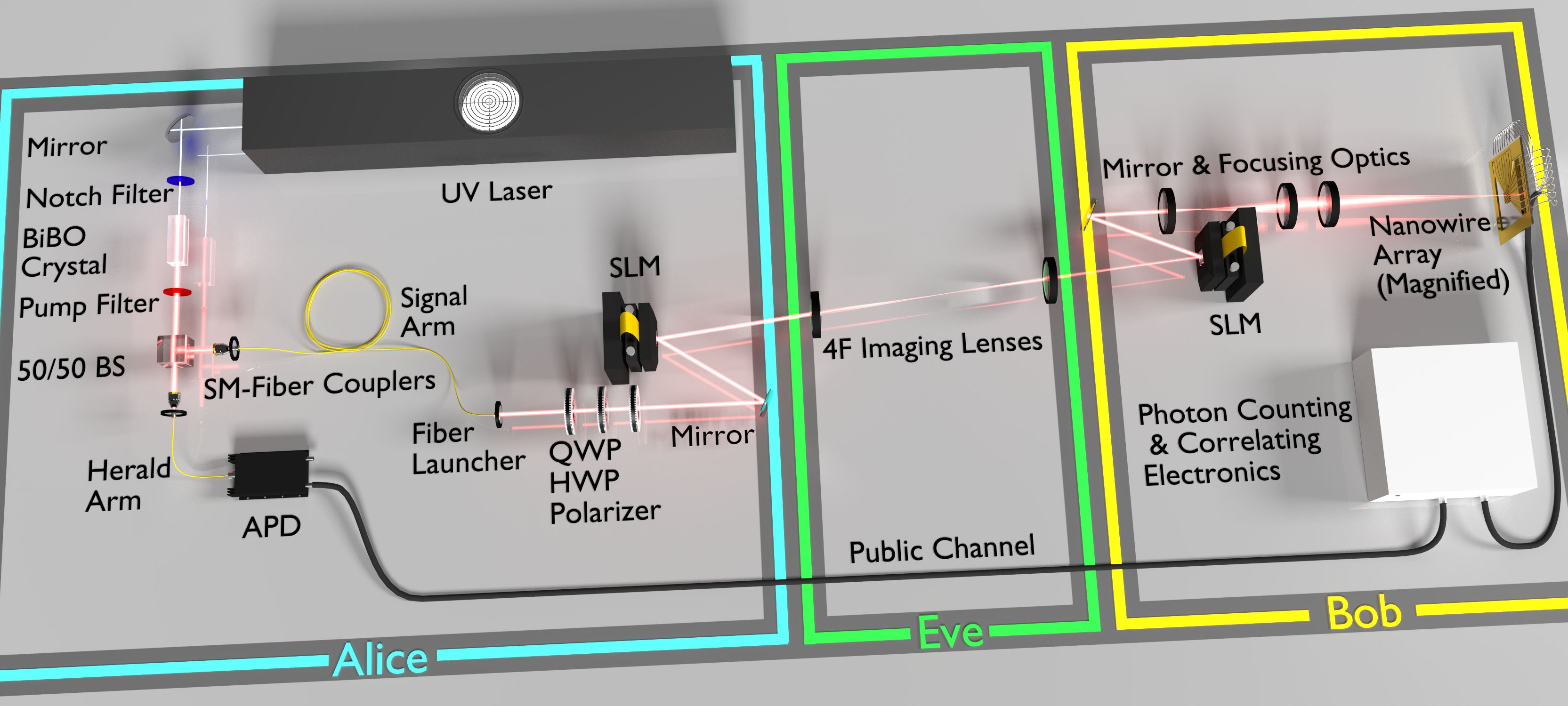
Enigma Machine takes a quantum leap
Researchers have developed a “quantum enigma machine” to improve on data encryption. The device manipulates photons to create an unbreakable encrypted message with a key that’s far shorter than the message—the first time that has ever been done.

A first for direct-drive fusion
Experiments have created the conditions capable of producing a fusion yield that’s five times higher than the current record laser-fusion energy yield. The new work represents an important advance in a long-standing national research initiative to develop fusion as an energy source.

Come on baby, (re)light my fire
New research indicates that there are ways that couples can sustain—or relight—their passion. The study suggests that when men and women perceive their partners as responsive, they feel special and think of their partner as a valuable mate, which in turn boosts sexual desirability.
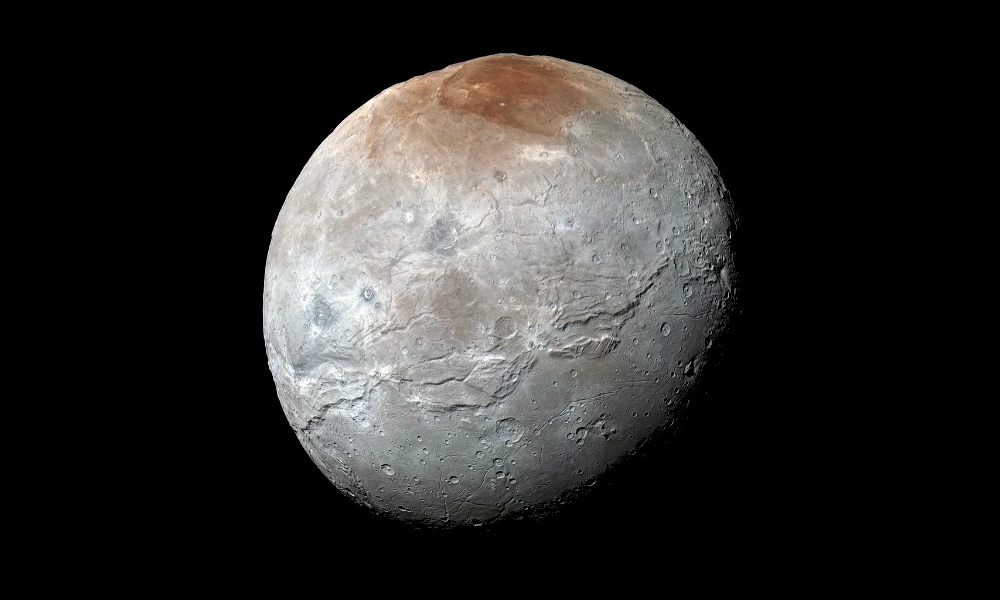
Close encounters of a tidal kind could lead to cracks on icy moons
Until now, it was thought the cracks on icy moons such as Pluto’s Charon were the result of processes like plate tectonics. But new computer models suggest that the pull exerted by another object might have been the cause.
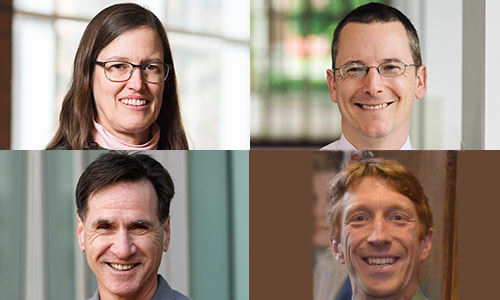
SA Government names Professors of the Year
Students submitted 63 nominations, and a Student Association Government academic affairs legislature committee deliberated and selected the winners.
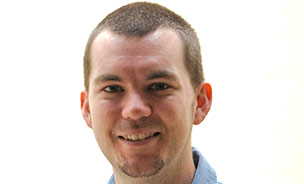
Q&A: New ways to make molecules
Daniel Weix specializes in developing better ways of creating molecules with the goal of speeding up the discovery of useful compounds, including pharmaceuticals.

A new way to determine the age of stars?
Rochester researchers have developed a new conceptual framework for understanding how stars similar to our Sun evolve. Their framework helps explain how the rotation of stars, their emission of x-rays, and the intensity of their stellar winds vary with time. According to Eric Blackman, professor of physics and astronomy, the work could also “ultimately help to determine the age of stars more precisely than is currently possible.”

What ‘drives’ curiosity research?
Scientists have been studying curiosity since the 19th century, but combining techniques from several fields now makes it possible for the first time to study it with full scientific rigor, according to the authors of a new paper.
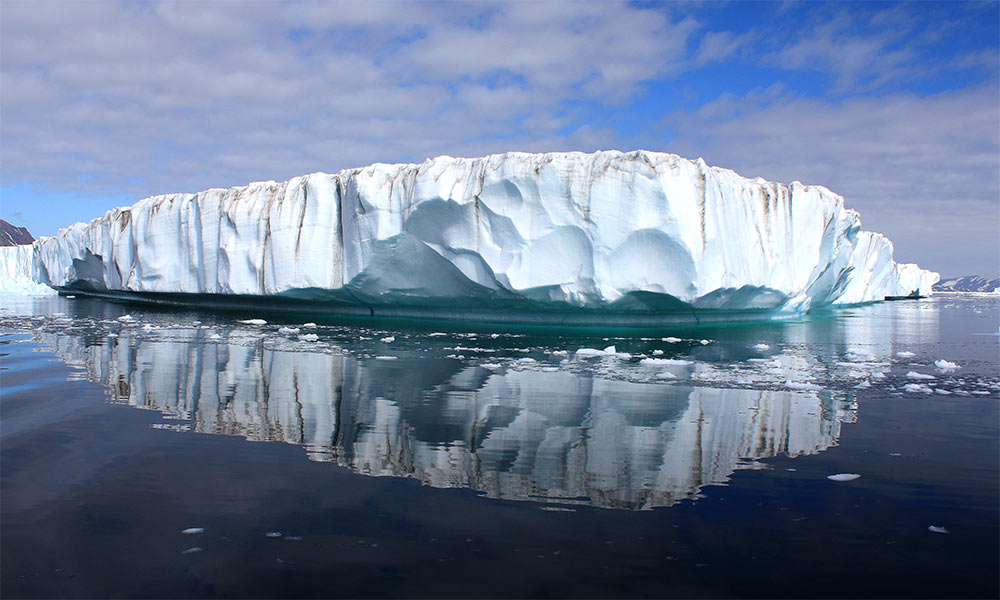
International research team to explore whether the loss of CO2 caused earth to cool 3 million years ago
The National Science Foundation (NSF) has awarded $4.24 million to Carmala Garzione and John Tarduno, both professors of earth and environmental sciences, to launch this joint U.S.-China research project.
